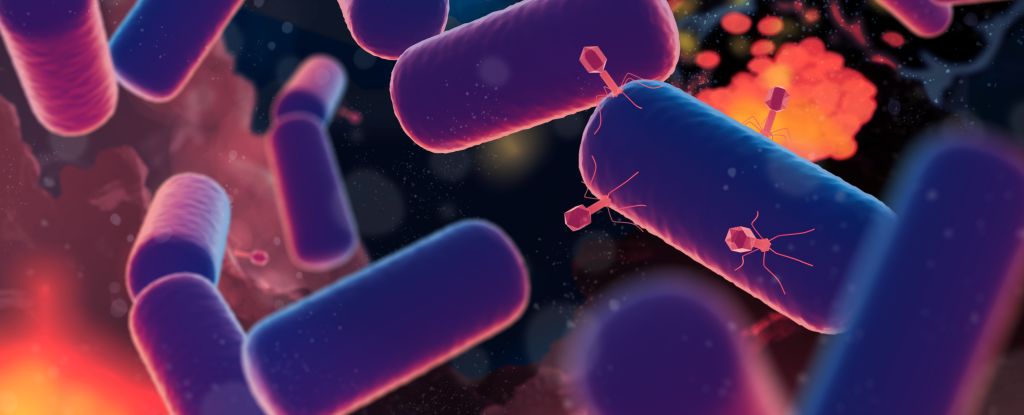NASA‘s Perseverance rover, currently exploring Mars’ Jezero Crater, has detected carbon-based molecules that may hint at ancient life on the Red Planet. These findings, reported last summer, were made using SHERLOC (Scanning Habitable Environments with Raman and Luminescence for Organics and Chemicals), an advanced instrument capable of identifying potential organic compounds. While the discovery has raised hopes within the scientific community, questions about its accuracy remain, as researchers consider alternative explanations for the data.
Detection of Organic Molecules and Its Challenges
The SHERLOC instrument utilises two techniques: ultraviolet luminescence and Raman spectroscopy. Dr Ken Farley, Project Scientist for the Perseverance mission, explained that SHERLOC can detect organic matter potentially present in Mars’ environment. Luminescence, while highly sensitive, lacks specificity, as non-organic materials can also produce similar signals. Raman spectroscopy provides more precise chemical fingerprints, but its sensitivity is limited. This combination allows researchers to hypothesise about the presence of organic molecules, but uncertainties in the data complicate definitive conclusions.
Potential Alternative Explanations
A study published in Science Advances posited that the detected signals could originate from inorganic substances, such as defects in minerals like phosphate and silicate or the presence of cesium ions. Dr Eva Scheller, a planetary scientist at MIT and co-author of the study, highlighted that multiple chemical compositions can produce similar spectral patterns. Such overlaps, known as degeneracy in spectroscopy, make it challenging to interpret data reliably. The original researchers also acknowledged these alternative explanations, underscoring the inherent difficulties of remote Mars analyses.
Implications and Future Investigations
While the presence of organic molecules might not confirm life, Jezero Crater’s history as an ancient lakebed increases the significance of the discovery. Both Farley and Scheller agree that a Mars Sample Return mission could provide the clarity necessary to determine whether these compounds originated from biological or abiotic processes. Until then, debates surrounding the findings are expected to continue, illustrating the evolving nature of scientific inquiry.





